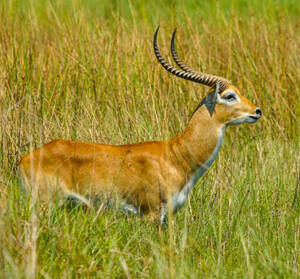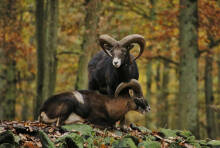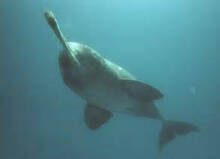
Platanista gangetica minor
Indus River Dolphin, South Asian River Dolphin Indus subspecies
The Indus River Dolphin (Platanista gangetica minor) is one of the few dolph···
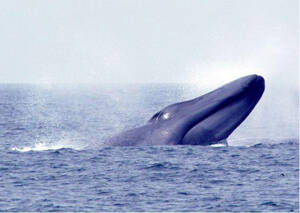
Caperea marginata
Small right whale, dwarf whale, dwarf whale, small right whale, pygmy right whale, new right whale
The scientific name of the pygmy right whale is Caperea marginata, and its f···
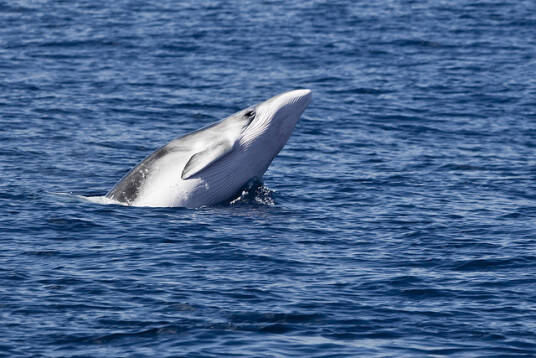
Balaenoptera bonaerensis
Antarctic baleen whale, Southern minke whale
Antarctic minke whale (scientific name: Balaenoptera bonaerensis) is also kn···
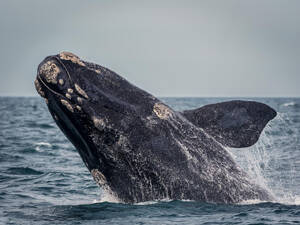
Eubalaena australis
Southern right whale (scientific name: Eubalaena australis) is also known as···

Eubalaena glacialisBorowski
Eubalaena glacialis Borowski
The North Atlantic right whale (Scientific name: Eubalaena glacialis Borowsk···
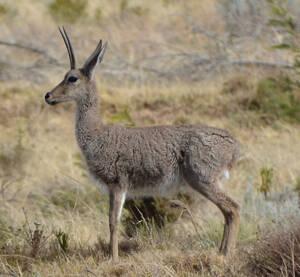
Pelea capreolus
Gray shorthorn, Common shorthorn
Shorthorn (scientific name: Pelea capreolus) Grey Rhebok, Common Rhebok, Rhe···
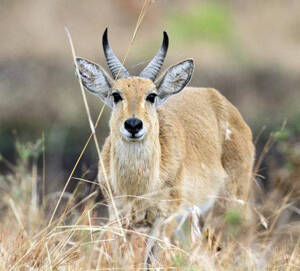
Redunca redunca
Common reedbuck, Senegal reedbuck
Reedbuck (scientific name: Redunca redunca) is called Bohor Reedbuck, Common···

Redunca fulvorufula
Redunca fulvorufula
Mountain Reedbuck (scientific name: Redunca fulvorufula) is called Mountain ···
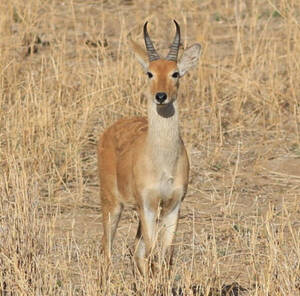
Redunca arundinum
Southern Reedbuck (scientific name: Redunca arundinum) English Southern Reed···
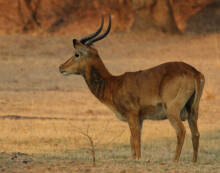
Kobus vardonii
Puku Waterbuck, Wadsworth's Koel
Kobus vardonii (scientific name: Puku) has two subspecies.Territory is estab···
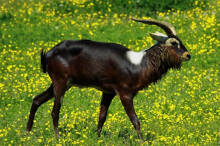
Kobus megaceros
Nile waterbuck, Nile lechwe, Nile short-nosed lechwe, Nile lechwe, Nile blackbuck, Bighorn lechwe
Nile Waterbuck (scientific name: Kobus megaceros) is also known as Nile Lech···
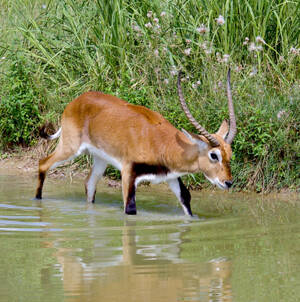
Kobus leche
Kobus leche
Lechwe (scientific name: Kobus leche) is called Southern Lechwe in English, ···
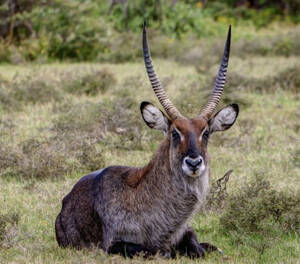
Kobus ellipsiprymnus
Kobus ellipsiprymnus
Waterbuck (scientific name: Kobus ellipsiprymnus) is called Waterbuck in Eng···
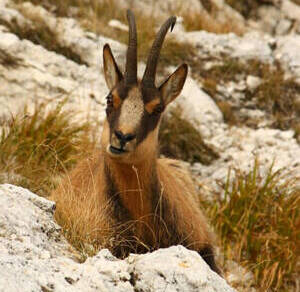
Rupicapra pyrenaica
Rupicapra pyrenaica
Pyrenean Chamois (scientific name: Rupicapra pyrenaica) English Southern Cha···
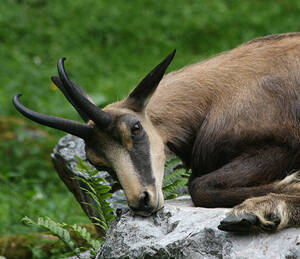
Rupicapra rupicapra
Rupicapra rupicapra
Rupicapra rupicapra (scientific name: Rupicapra rupicapra) English Northern ···
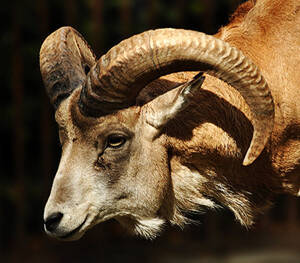
Ovis vignei
Ovis vignei
Ovis vignei (scientific name: Ovis vignei) is also known as Urial in English···
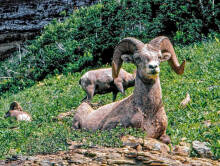
Ovis nivicola
Ovis nivicola
Snow Mountain Sheep (scientific name: Ovis nivicola) English Snow Sheep, Rus···
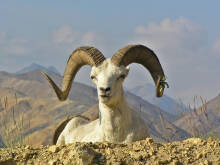
Ovis dalli
Ovis dalli, Thinhorn Sheep,Dall's Sheep,Stone’s sheep,Muflón de Dall
Dall's argali (scientific name: Ovis dalli) English Thinhorn Sheep, Dall···
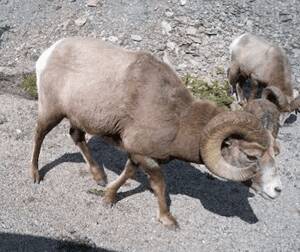
Ovis canadensis
Ovis canadensis),Bighorn Sheep,Mountain Sheep,Mouflon D'Amérique,Mouflon Du Canada,Mouflon Pachycère, Borrego Cimarrón,Carnero Del Canadá,Carnero Salvaje
Canadian Bighorn Sheep (scientific name: Ovis canadensis) is called Bighorn ···

